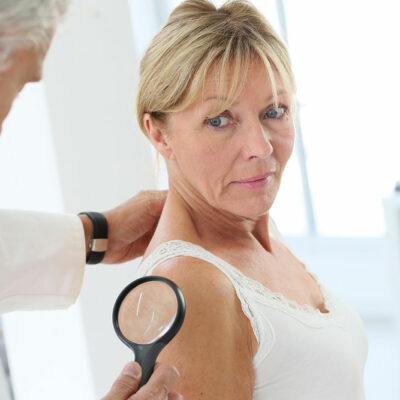Popular ways to prevent vitiligo from spreading

Vitiligo is an autoimmune health condition. It occurs when the immune system mistakenly starts to attack melanocytes, which are skin cells that produce melanin, giving skin its natural color. When the melanocytes are attacked, it affects melanin production in certain areas of the skin. These areas start to lose their color, leading to the development of milky white patches called macules. As vitiligo progresses, the macules start to spread to different areas of the skin.
Ways to prevent vitiligo from spreading
While there is no permanent cure for vitiligo, there are several ways to manage it. These involve restoring the skin’s natural pigment, or repigmentation, and slowing down the progress of vitiligo to prevent it from spreading further. While repigmentation generally involves certain procedures to restore the natural color of the skin in the affected areas, preventing vitiligo from spreading typically involves following certain measures along with management options prescribed by a healthcare professional to get the best results.
Restrict exposure to the sun
With vitiligo, the sensitivity of the skin against the sun increases. As a result, there is a greater risk of skin damage from sunburn, which can worsen the symptoms of vitiligo. So, healthcare professionals such as dermatologists generally recommend restricting or completely avoiding any direct exposure to sunlight. This can help with preventing vitiligo from spreading as well as lower the risk of sun damage. There are several ways to protect the skin from direct sun exposure.
- Apply sunscreen
Daily use of sunscreen is a useful way to limit the skin’s exposure to the sun. Usually, sunscreens with a sun protective factor or SPF of 25 or higher help protect the skin from harmful ultraviolet (UV) light. Further, ensure to use a product that is sweatproof and waterproof. Also, the key to getting maximum benefits from sunscreen is to reapply it at regular intervals, preferably every two-three hours when outdoors. - Wear layers of clothing
When out in the sun, wearing layers of clothing can help avoid exposure to UV rays. Loose-fitted, long-sleeve clothing, wide-brimmed hats, and sunglasses are some must-haves when stepping outdoors. - Stay in the shade
As long as possible, remain in shaded areas, especially between 1 pm and 3 pm, when the day is brightest.
Protect skin from burns and wounds
Sometimes, vitiligo patches may develop or start to spread from areas of skin that have been wounded or injured. Burns due to exposure to harsh chemicals or severe heat can cause white patches to occur on skin. So, it is important to keep away from potential sources of skin irritation and injury to prevent vitiligo from spreading.








